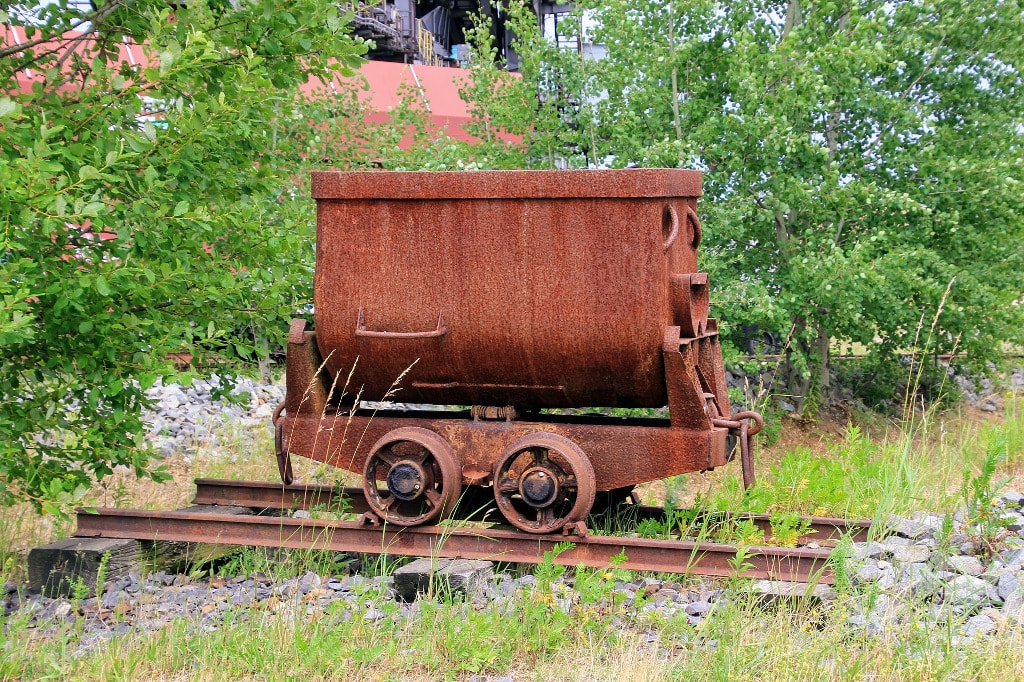ZIMSEC O Level Principles of Accounts Notes: Introduction to depreciation
- In the beginning we looked at basic terms
- One of these terms we defined was fixed assets which we defined assets that are held by a firm in the long-term and are used in the production of its income and are not expected to be consumed or converted into cash any sooner than at least one year’s time
- An asset is a resource controlled by the entity as a result of past events and from which future economic benefits are expected to flow to the entity
- Tangible fixed assets such as motor vehicles, machinery, fixtures and fittings do not last forever
- In the event that the asset is later disposed of by the business it is unlikely the business will receive the same amount it paid for it
- Disposal is when an asset that was not bought for resale is sold
- The difference between the selling price and the actual cost of the asset is known as deprication
- Depreciation is that part of the original cost of a fixed asset that is consumed during its period
of use by the business - For most assets depreciation cannot be accurately calculated
- However according to the matching concept, revenue must be matched with expenditure incurred in generating that revenue
- Also the prudence concept requires that costs be recorded as soon as they are realised
- This means that depreciation has to be charged as an expense in the Income Statement every year/accounting period
- Accounting standards/principles require a business to calculate/estimate depreciation using a systematic method and record this depreciation in its books at least once a year for all of the business’s assets that susceptible to depriciation
- Sometimes a business’s tangible fixed assets that are susceptible to depreciation are collectively known as Property Plant and Equipment
To access more topics go to the Principles of Accounting Notes.



